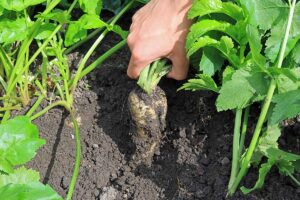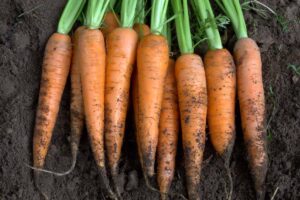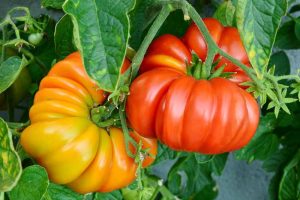Have you ever had a head of cabbage in your garden that seemed to be growing healthy and large, only to notice one day that it had started to split open?
What causes this to happen? And what can home gardeners do to avoid damage to their crop?
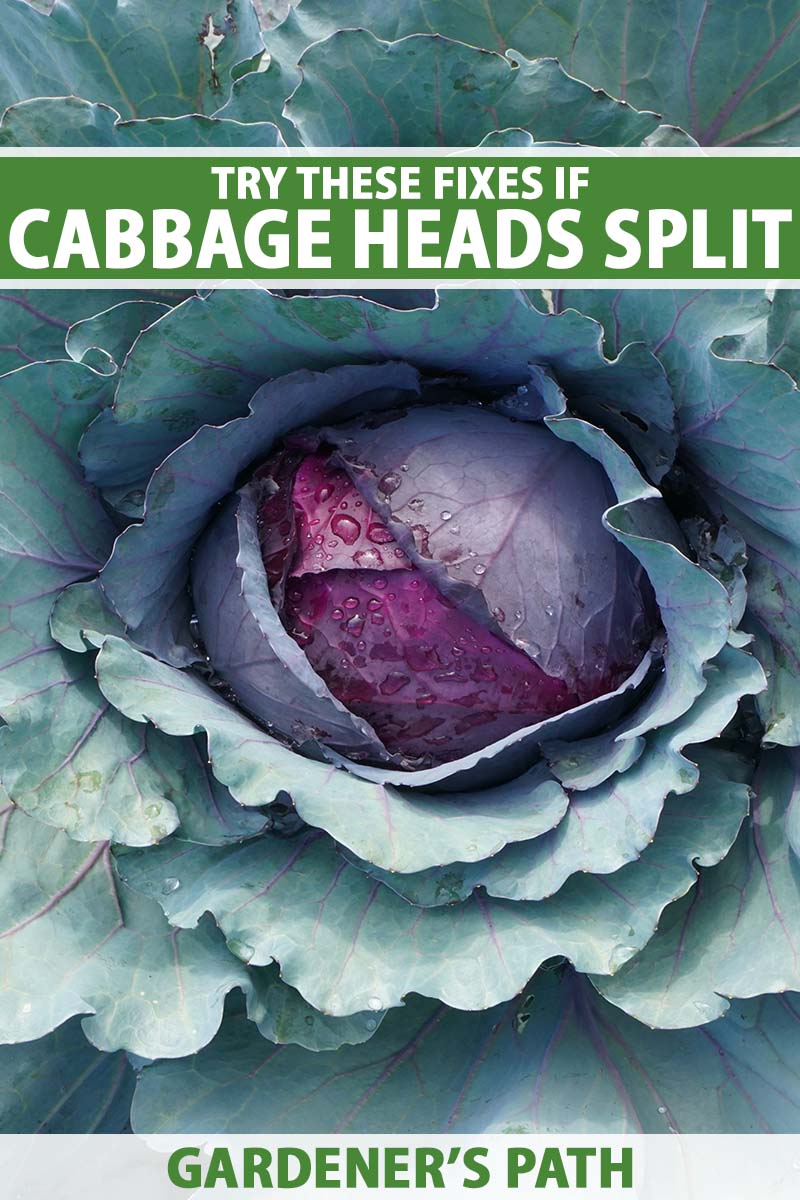
We link to vendors to help you find relevant products. If you buy from one of our links, we may earn a commission.
Read on to find out why heads may crack, learn preventative measures, and pick up the best tips to keep in mind so you’ll know what to do when it happens.
What You’ll Learn
Causes for Splitting
Splitting or cracking is an issue that typically occurs later in the season, once cabbage heads have started firming up.
It often happens after a period of dry weather followed by a heavy rain. Thirsty roots quickly drink up the excess moisture in the soil, which builds pressure inside the tightly bound foliage that causes heads to crack.

This is especially true for mature crops that are left in the ground too long, as full-sized dense and heavy heads are more likely to break open under excess pressure.
As a general rule of thumb, you should aim to pick yours when the leaves have formed into a tight, firm ball that’s about the size of a softball.
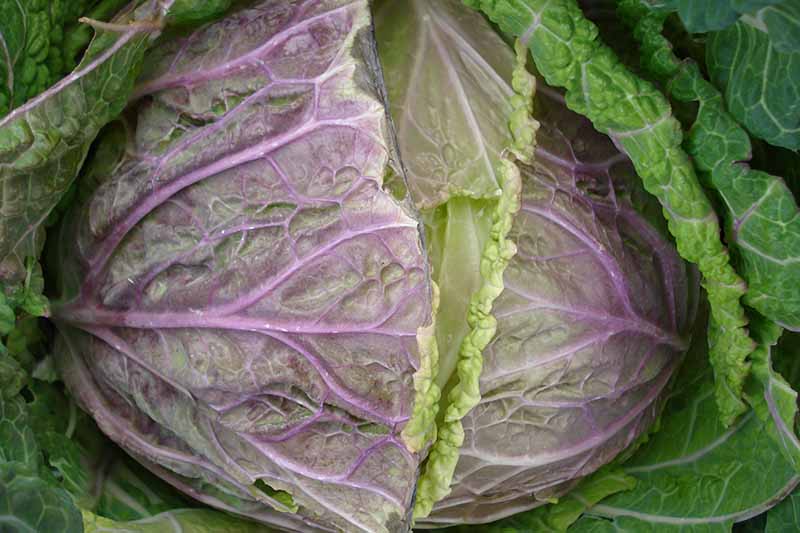
The time to harvest varies by variety. Some cultivars are ready in just 60 or 70 days, while others may take longer to mature. Be sure to check the seed packet for specifics on the type you are growing.
Over-fertilization may be another culprit. If you feed your plants after the heads have started forming, this can cause rapid internal leaf growth, which will create pressure from within that can lead to cracking.
Prevention Tips
The key to prevention is to keep moisture levels consistent.
Water your crop regularly, keeping the soil evenly moist but not waterlogged.
Daily watering may be necessary during periods of drought. This is especially important when nearing harvest time.
Drip irrigation is a great method for providing plants with even moisture.
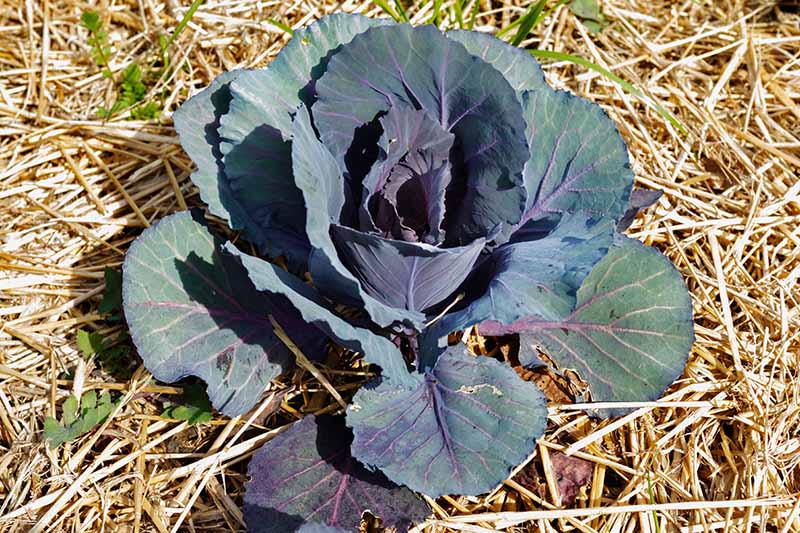
You can also mulch around the base of plants to retain soil moisture.
Mulching is a useful way to regulate water filtration, preventing your cabbages from either drying out, or becoming saturated too quickly in the case of heavy rain.
You should also avoid fertilizing your plants after the heads have started firming up.
Down to Earth Vegetable Fertilizer
If you want to feed them, do so only early in the season, and use a slow release fertilizer such as this all-purpose organic blend that’s available from Arbico Organics.
According to Jill MacKenzie at the University of Minnesota Extension, you can reduce the chance of splitting in cabbages you aren’t quite ready to pick by twisting the heads about a quarter of the way around, or using a garden knife or spade to sever about half of the roots around the plant.
Both of these methods will decrease water flow to the foliage, reducing the risk of building internal pressure that causes cracking.
Harvesting and Using Split Heads
If you notice those heads beginning to crack open, don’t panic! This just means you should harvest right away.
Cut off and discard the split sections after picking, as they tend to become tough quickly. Cook or preserve the rest as soon as you can, since they won’t store well.
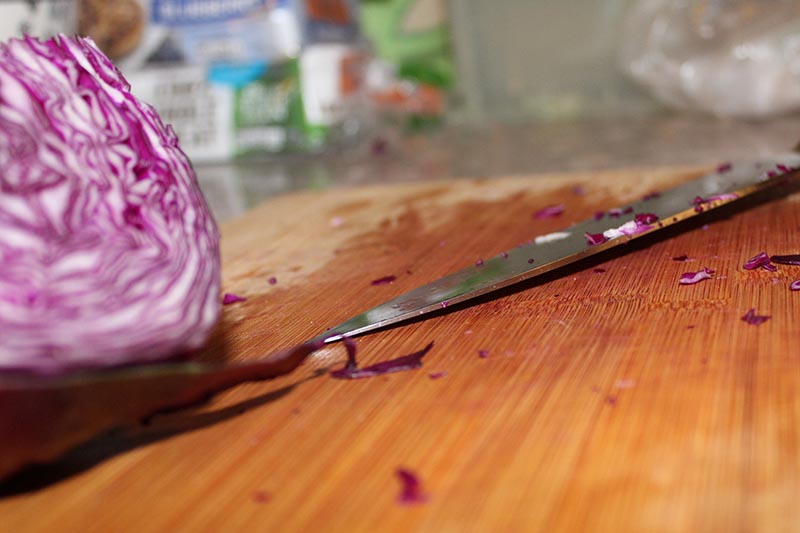
There are all sorts of creative uses for these tasty homegrown vegetables that you can enjoy, from salads to casseroles to homemade sauerkraut.
You can find some excellent recipe ideas on our sister site, Foodal, such as this autumn napa cabbage salad.
This fresh fall dish combines crisp cabbage with roasted sweet potatoes, sweet bell peppers, and toasted pecans for a delicious and colorful side dish.
Learn more about harvesting and preserving cabbage for later in our guide.
No More Splitting
It can be frustrating when your beautifully grown cabbage starts to break open.
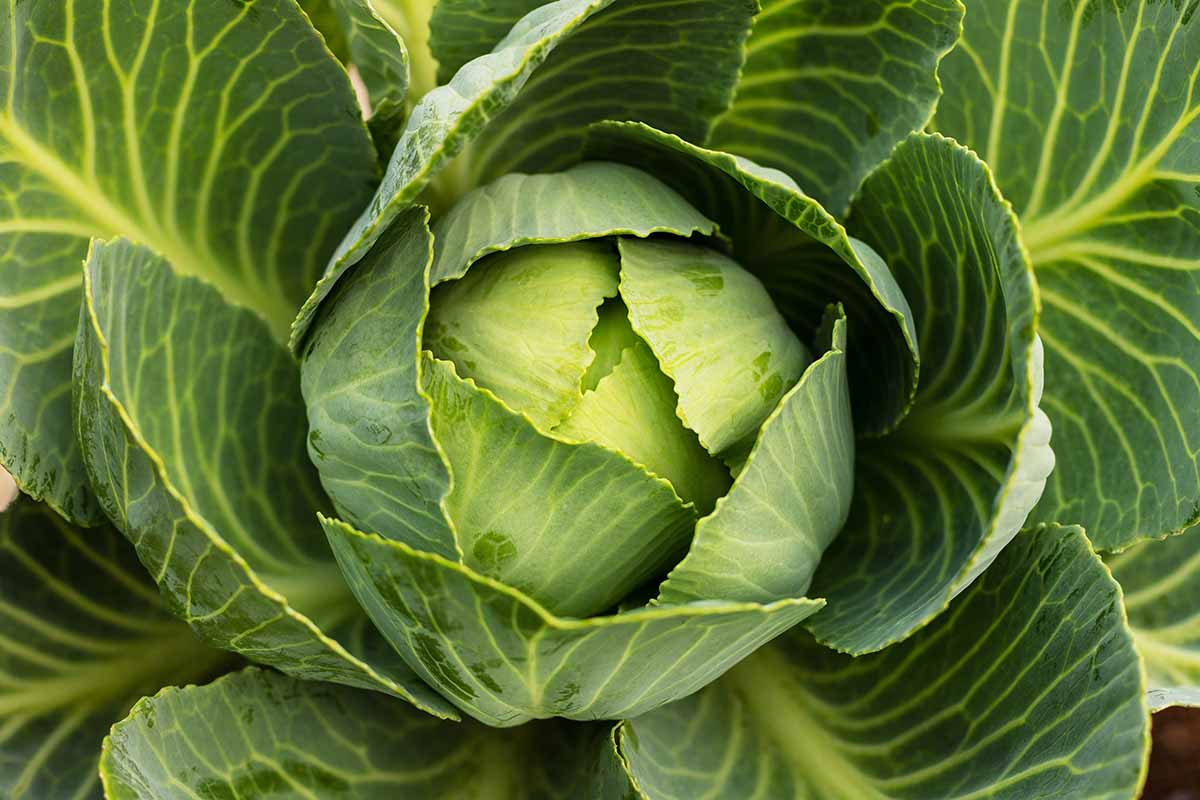
Fortunately, this can often be prevented with the simple measures described above. And in any case, a cracked head is still just as tasty if you catch it in time!
Do you have tips for preventing splitting in your crop? Share your ideas in the comments below!
Looking for even more tips to growing healthy cabbage at home? Check out these articles next to learn more:

